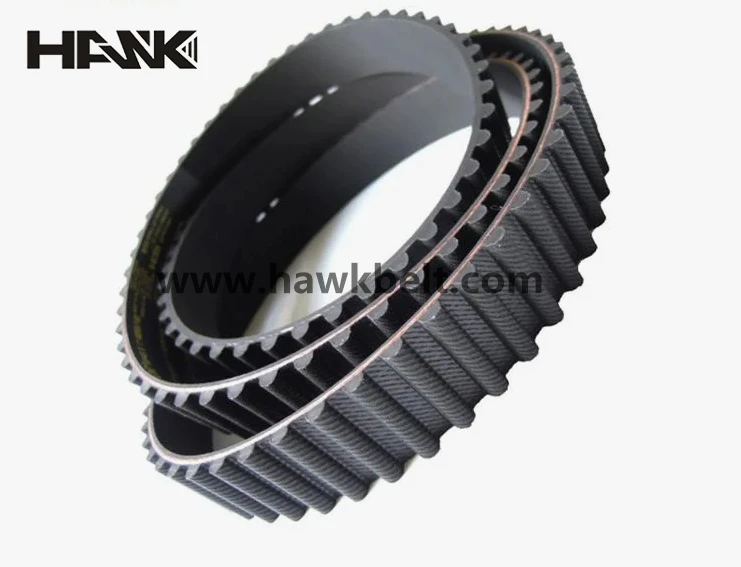- Arabic
- French
- Russian
- Spanish
- Portuguese
- Turkish
- Armenian
- English
- Albanian
- Amharic
- Azerbaijani
- Basque
- Belarusian
- Bengali
- Bosnian
- Bulgarian
- Catalan
- Cebuano
- Corsican
- Croatian
- Czech
- Danish
- Dutch
- Afrikaans
- Esperanto
- Estonian
- Finnish
- Frisian
- Galician
- Georgian
- German
- Greek
- Gujarati
- Haitian Creole
- hausa
- hawaiian
- Hebrew
- Hindi
- Miao
- Hungarian
- Icelandic
- igbo
- Indonesian
- irish
- Italian
- Japanese
- Javanese
- Kannada
- kazakh
- Khmer
- Rwandese
- Korean
- Kurdish
- Kyrgyz
- Lao
- Latin
- Latvian
- Lithuanian
- Luxembourgish
- Macedonian
- Malgashi
- Malay
- Malayalam
- Maltese
- Maori
- Marathi
- Mongolian
- Myanmar
- Nepali
- Norwegian
- Norwegian
- Occitan
- Pashto
- Persian
- Polish
- Punjabi
- Romanian
- Samoan
- Scottish Gaelic
- Serbian
- Sesotho
- Shona
- Sindhi
- Sinhala
- Slovak
- Slovenian
- Somali
- Sundanese
- Swahili
- Swedish
- Tagalog
- Tajik
- Tamil
- Tatar
- Telugu
- Thai
- Turkmen
- Ukrainian
- Urdu
- Uighur
- Uzbek
- Vietnamese
- Welsh
- Bantu
- Yiddish
- Yoruba
- Zulu
Вер . 28, 2024 02:21 Back to list
Optimal Transmission Belt Solutions for Mitsubishi Vehicles Efficient Performance and Durability
Understanding Mitsubishi Transmission Belts Importance, Types, and Maintenance Tips
Transmission belts play a crucial role in the functioning of various automotive systems, particularly in vehicles manufactured by Mitsubishi. These belts are integral components that facilitate the transfer of power from the engine to the transmission, ensuring that your vehicle operates smoothly and efficiently. In this article, we will explore the significance of Mitsubishi transmission belts, the different types available, and essential maintenance tips to extend their lifespan.
The Importance of Transmission Belts
Transmission belts, often referred to as drive belts or serpentine belts, are responsible for transferring power between the engine and various accessories, including the alternator, water pump, power steering pump, and air conditioning compressor. In Mitsubishi vehicles, a reliable transmission belt is vital for optimal performance. A worn or damaged belt can lead to various issues, such as reduced engine efficiency, overheating, or even complete engine failure.
Additionally, the transmission belt plays a critical role in the overall performance of the vehicle. It impacts fuel efficiency and drivability, making it essential for car owners to ensure their belts are in good condition. A properly functioning belt not only enhances the vehicle's performance but also reduces the risk of costly repairs in the long run.
Types of Mitsubishi Transmission Belts
Mitsubishi vehicles utilize several types of transmission belts, each designed for specific functions within the vehicle's system. The most common types include
1. Serpentine Belts This type of belt is used in many modern Mitsubishi vehicles. It is a single, continuous belt that winds around multiple pulleys and drives several accessories simultaneously. The serpentine belt is designed for durability and efficiency, providing a quieter operation compared to older multi-belt systems.
2. Timing Belts Timing belts are critical components that synchronize the rotation of the engine’s crankshaft and camshaft, ensuring that the engine's valves open and close at the correct times. In most Mitsubishi models, the timing belt is made from high-quality materials to withstand the extreme conditions of the engine environment.
3. V-Belts Older Mitsubishi models may use V-belts, which are designed to run at a right angle to the pulleys. While not as common in newer vehicles, V-belts are still found in some Mitsubishi applications and are known for their reliability.
for mitsubishi transmission belt

Maintenance Tips for Transmission Belts
To ensure the longevity and optimal performance of your Mitsubishi transmission belt, regular maintenance is essential. Here are some key tips
1. Regular Inspections Conduct routine inspections of the transmission belt for signs of wear and tear, such as cracks, fraying, or glazing. It’s best to have a professional mechanic inspect the belt during scheduled maintenance.
2. Monitor Belt Tension Proper tension is crucial for the efficient operation of the belt. A loose belt can slip, causing poor performance, while an overly tight belt can lead to premature wear on components. If you notice any changes in tension, consult a mechanic.
3. Replace When Necessary Timing belts have recommended replacement intervals, typically between 60,000 to 100,000 miles, depending on the model. Refer to your vehicle’s owner manual for specific guidelines. Ignoring these recommendations can lead to significant engine damage.
4. Use Quality Parts When replacing belts, always opt for high-quality OEM (Original Equipment Manufacturer) parts specific to your Mitsubishi model. Quality belts are more durable and can better withstand the demands of engine operation.
5. Pay Attention to Noises Unusual sounds, such as squealing or grinding, can indicate issues with the transmission belt or related components. If you hear any alarming noises, don't hesitate to seek professional advice.
Conclusion
Mitsubishi transmission belts are vital components that contribute significantly to the performance and reliability of your vehicle. Understanding their importance, recognizing the different types, and adhering to regular maintenance practices can ensure that your vehicle operates smoothly for many years. By taking proactive steps to care for your transmission belt, you can avoid costly repairs down the line and enjoy a dependable driving experience. Whether you own a new or classic Mitsubishi, maintaining the transmission belt should be a priority to ensure longevity and optimal performance.
-
High-Quality Tensioner Belt Pulley - Durable & Efficient
NewsAug.03,2025
-
Premium Timing Belt Factory | AI-Optimized Solutions
NewsAug.02,2025
-
Premium Custom V Belts Enhanced with GPT-4 Turbo AI
NewsAug.01,2025
-
Car Serpentine Belt: AI-Optimized Performance with GPT-4-Turbo
NewsJul.31,2025
-
Heat Joining Drive Belt | High-Durability Fusion Solution
NewsJul.31,2025
-
Timing Belt Video Guide: Selection, Design & Quality Insights
NewsJul.30,2025

